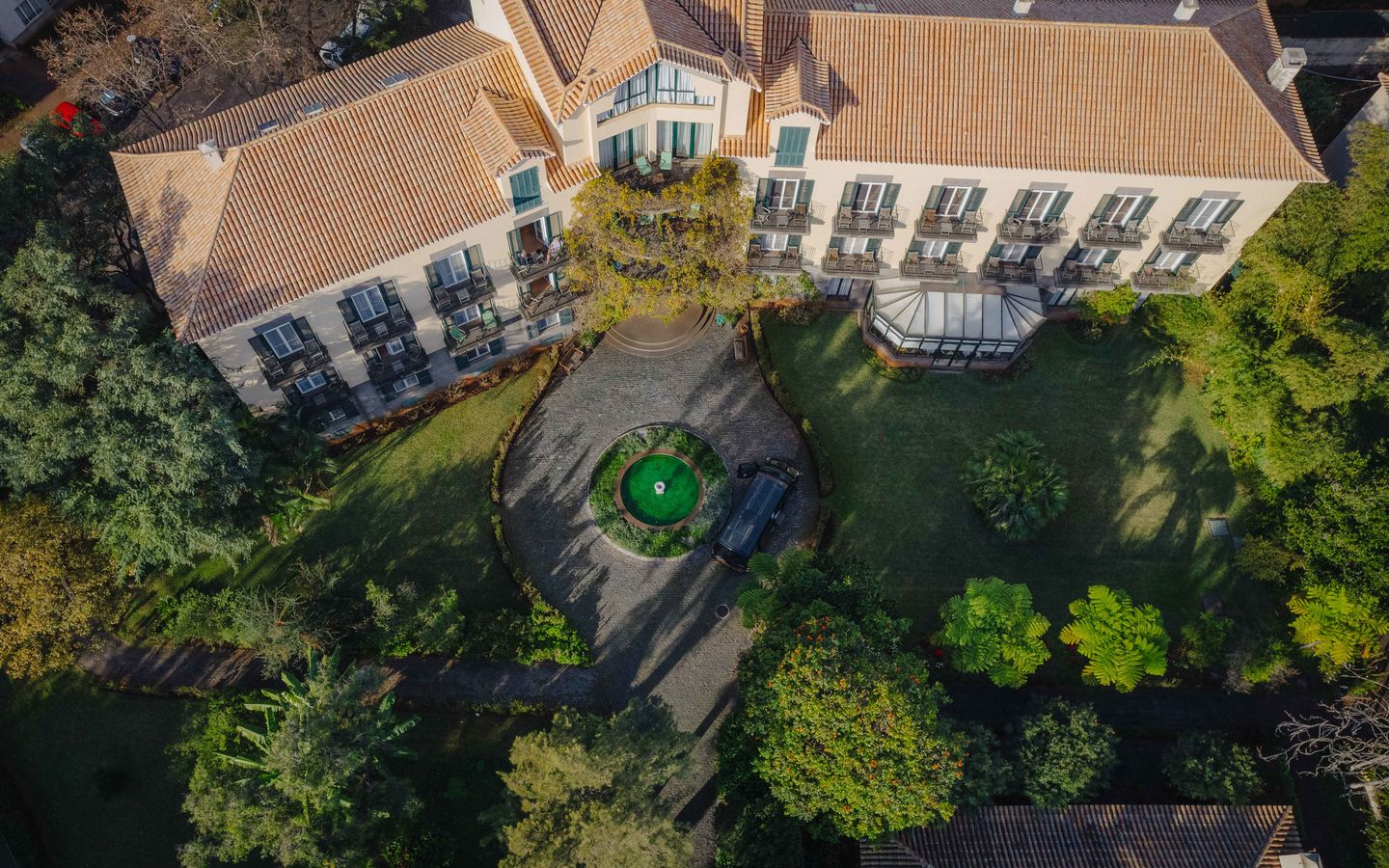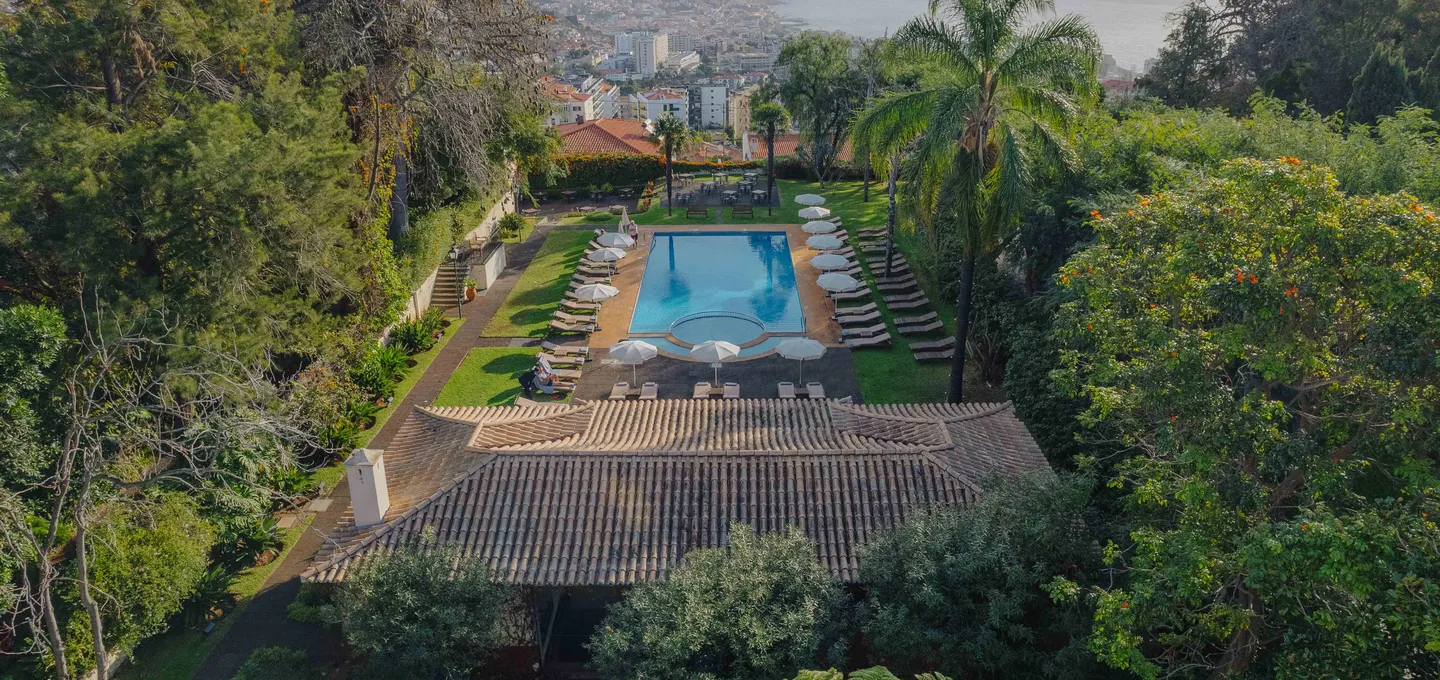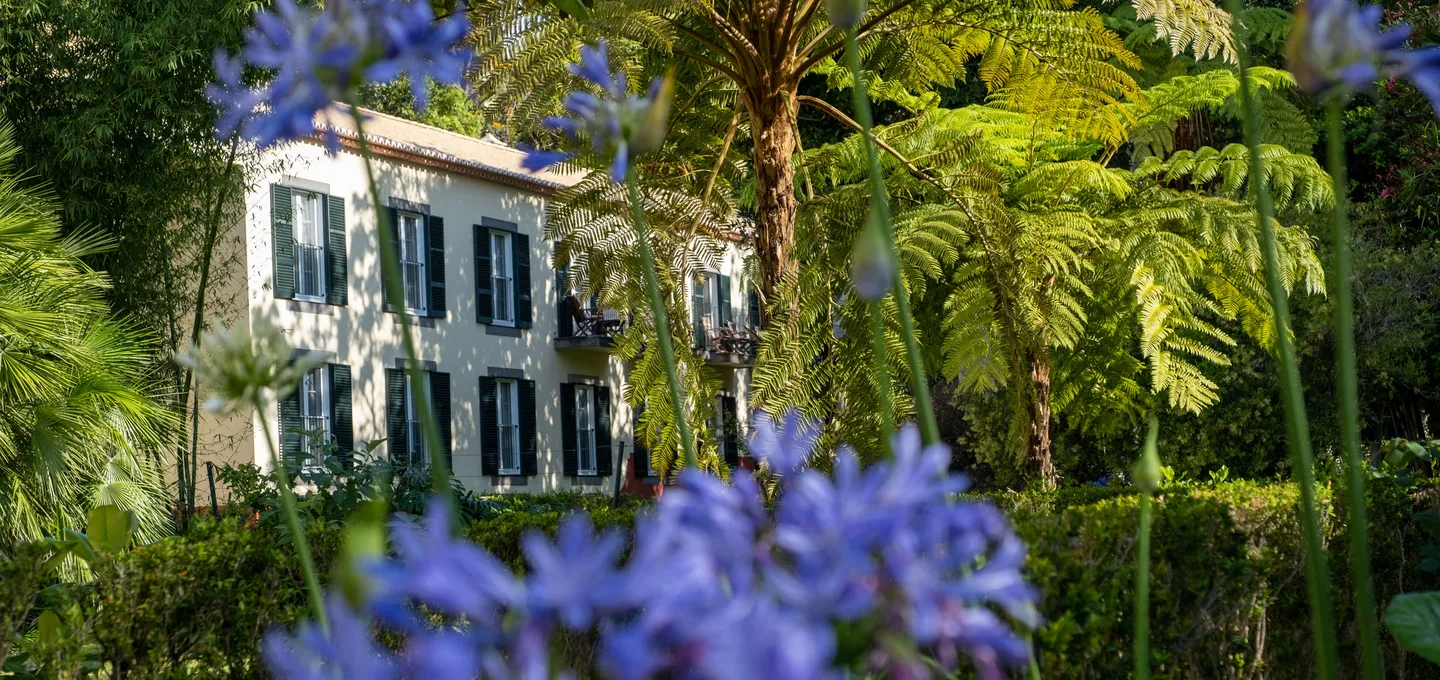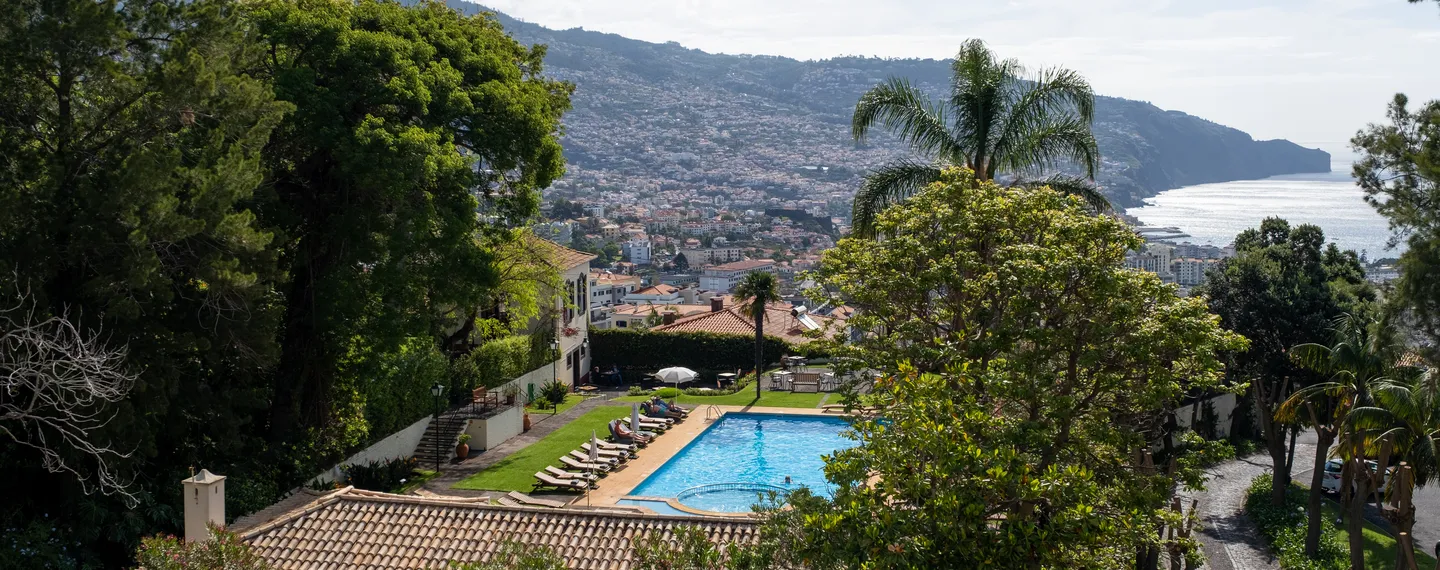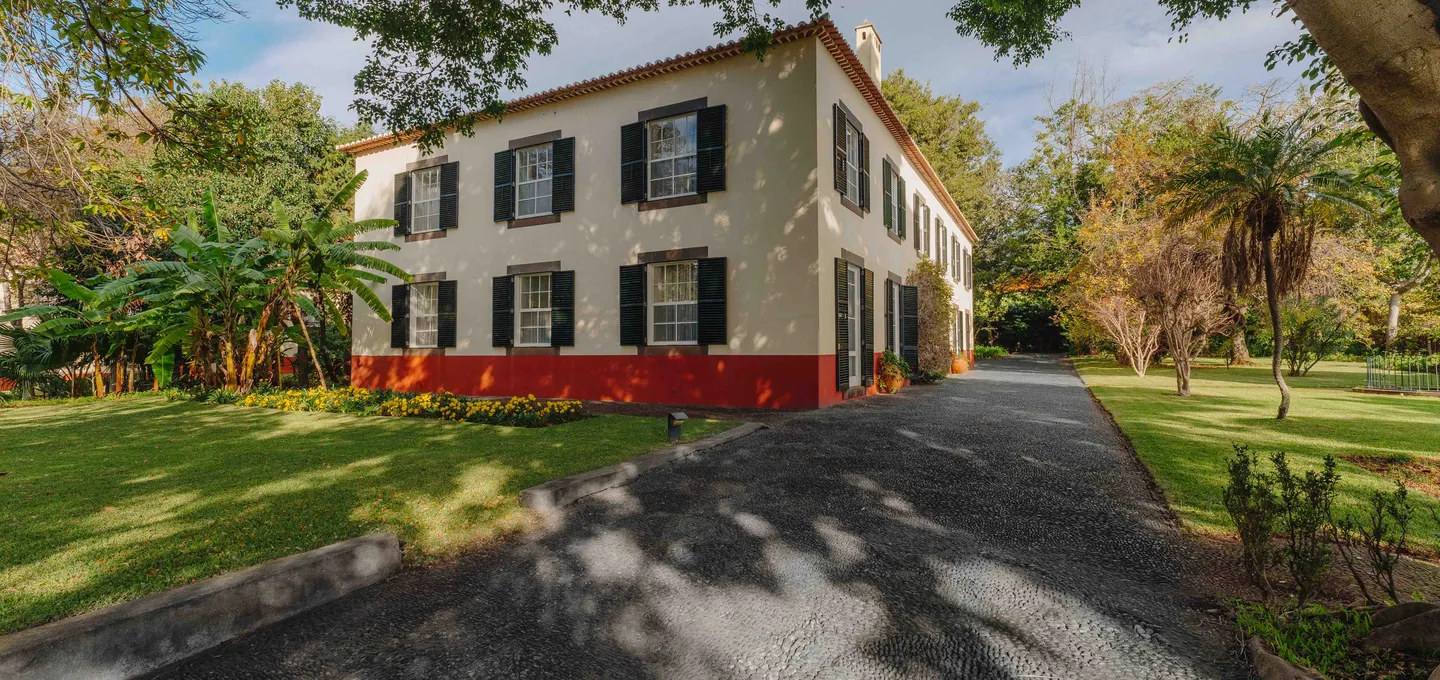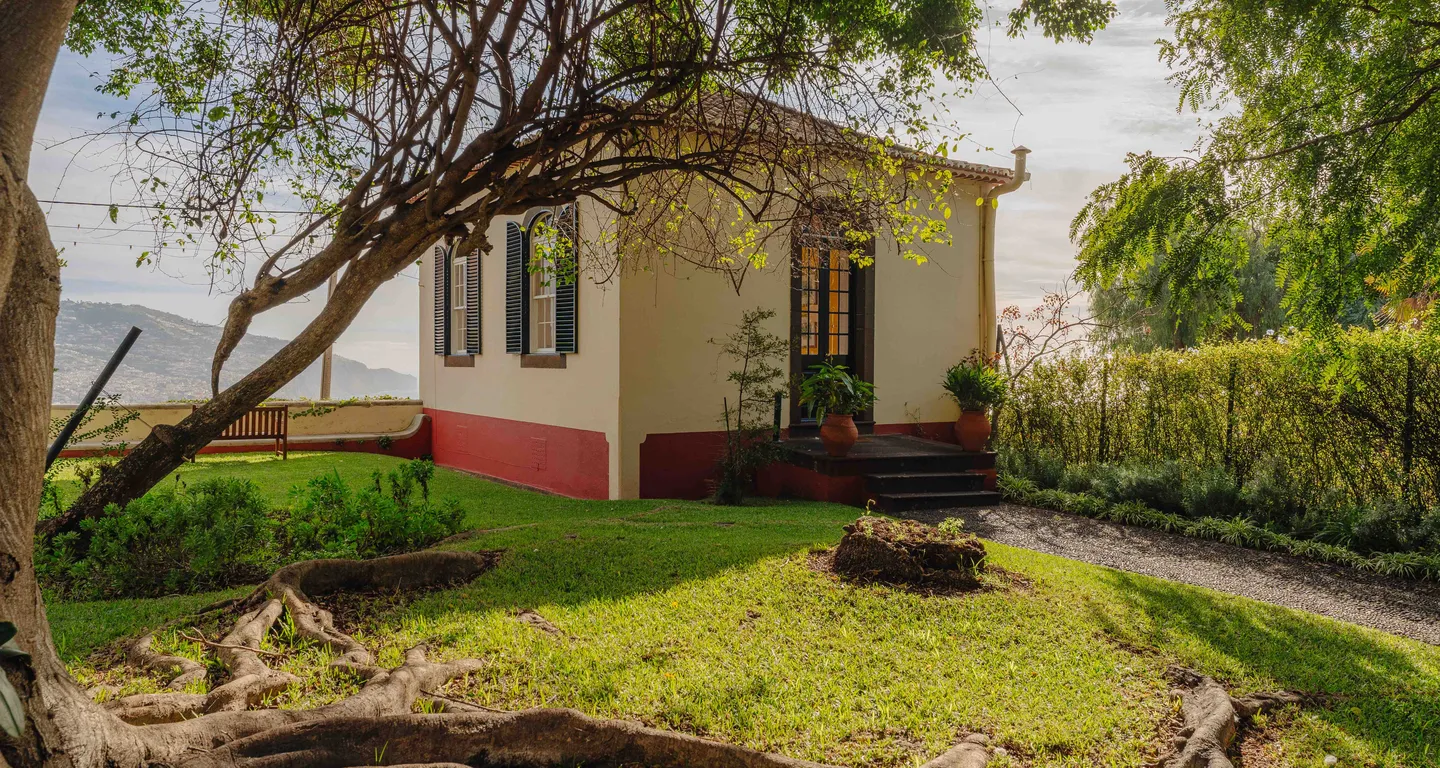History
Quintas da Madeira continue to be an essential part of the island's tourist offer, providing visitors with a rich cultural and historical experience in a single space.
These Estates on the island of Madeira have played a significant role since the 15th and 16th centuries, being an integral part of the economy and life of local communities ever since. However, it was mainly in the 19th century, with the emergence of therapeutic tourism, that these farms became fundamental elements in the history of tourism on the island.
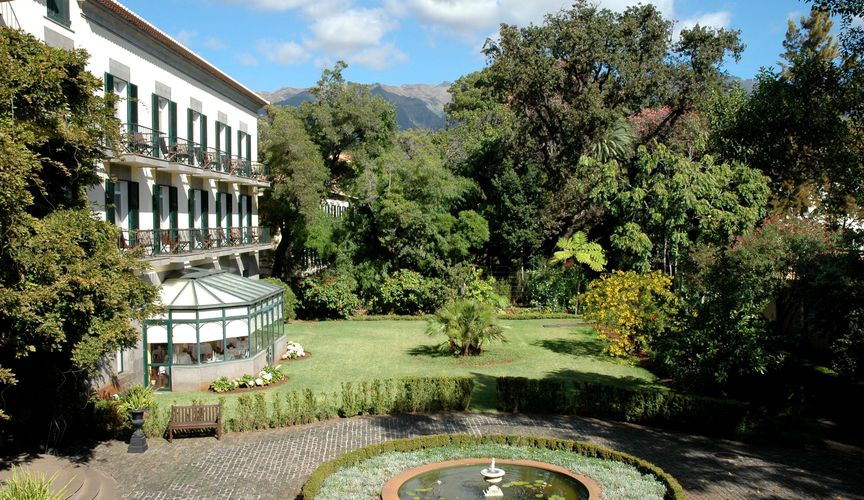
The history of Quintas
Quintas on the island of Madeira represent an essential element of its cultural and historical identity. Originally used as agricultural properties and family residences, these farms played a fundamental role in the local economy. However, with the advent of therapeutic tourism in the 19th century, many of these farms were adapted to receive visitors seeking treatment for a variety of illnesses, thus boosting the beginning of tourist exploration in Madeira. Over the years, these farms have evolved to become not only places of accommodation but also popular tourist destinations, thus preserving their historical importance while embracing the needs of modern tourism.
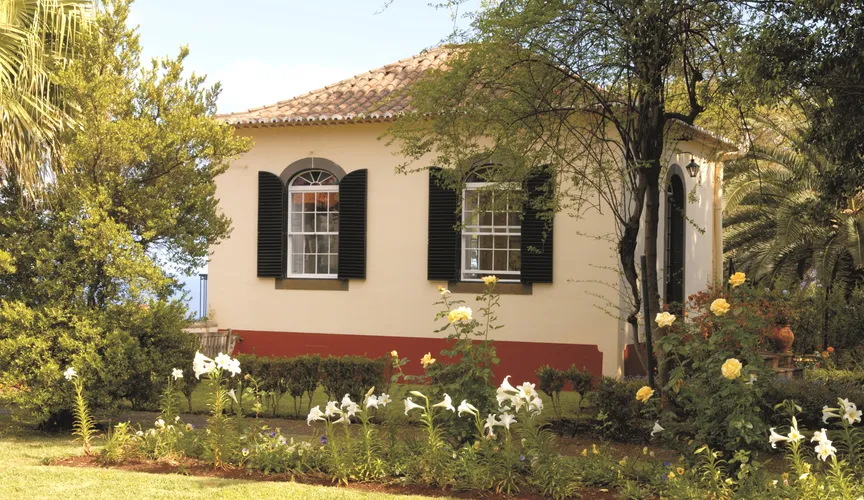
In the 18th century, the functions of Madeiran farms evolved to adapt to the transformation of Funchal into a cosmopolitan area. They became spaces with their own social status, business, leisure and housing for the emerging British bourgeoisie. The influence of this British community, which held great power at the time, was fundamental for the commercialization of Madeiran products and the development of tourism on the island.
Quintas da Madeira
Quintas da Madeira, with its distinctive architecture and lush gardens, offers a unique experience to visitors. They are characterized by walled estates, with large residences surrounded by landscaped gardens, agricultural areas and, sometimes, chapels. Many maintain original architectural elements, such as shutters, sash windows and pleasure houses in the gardens.
